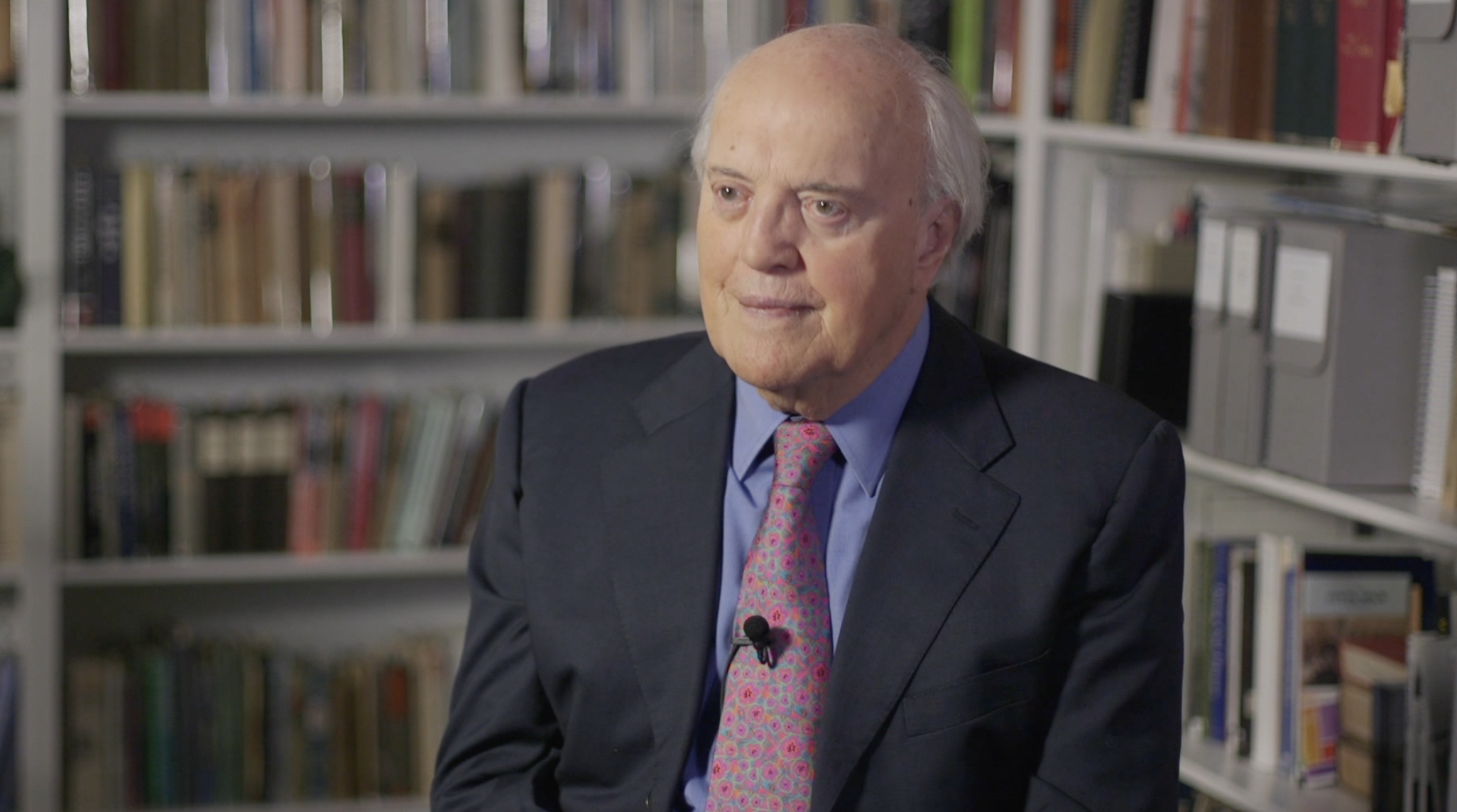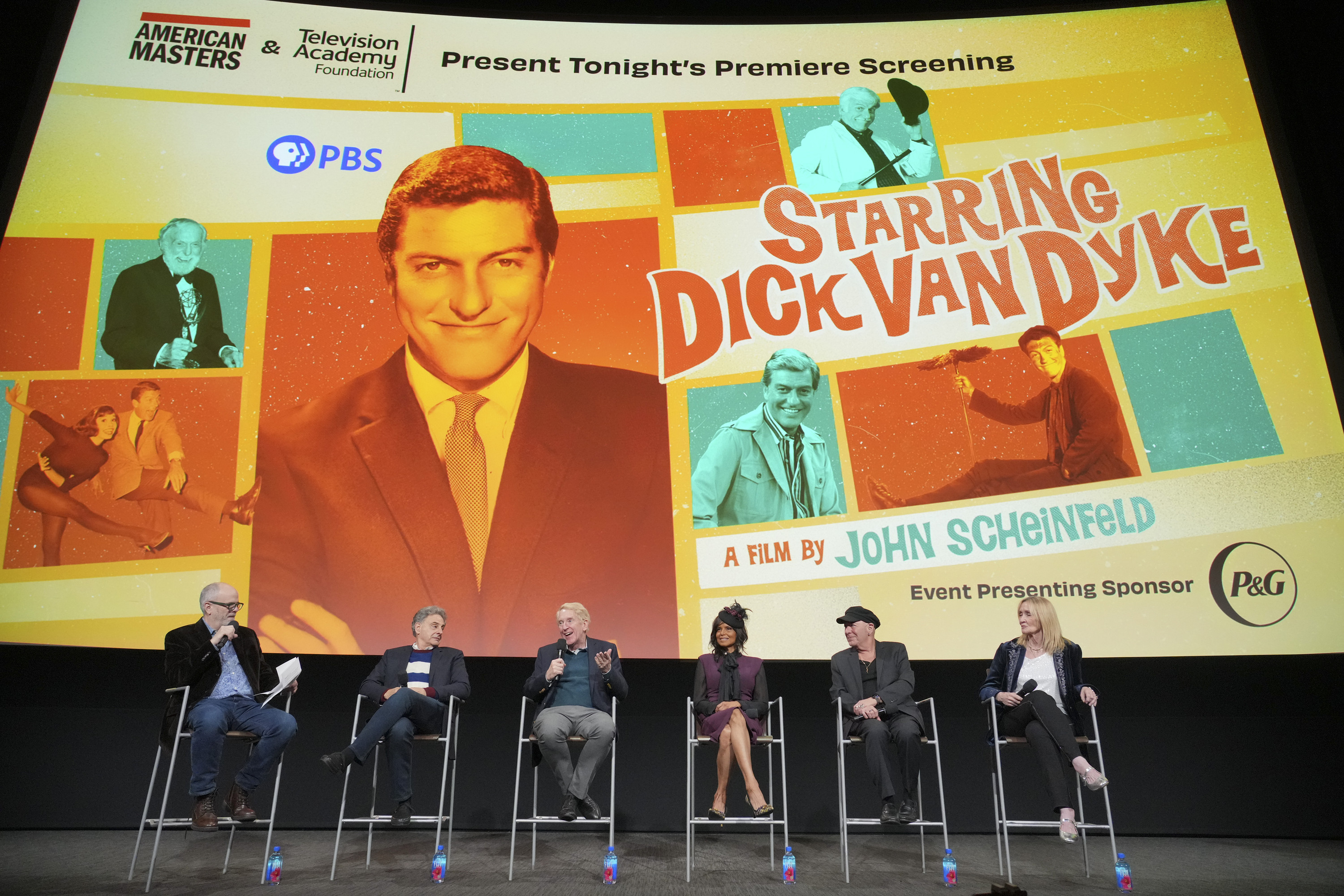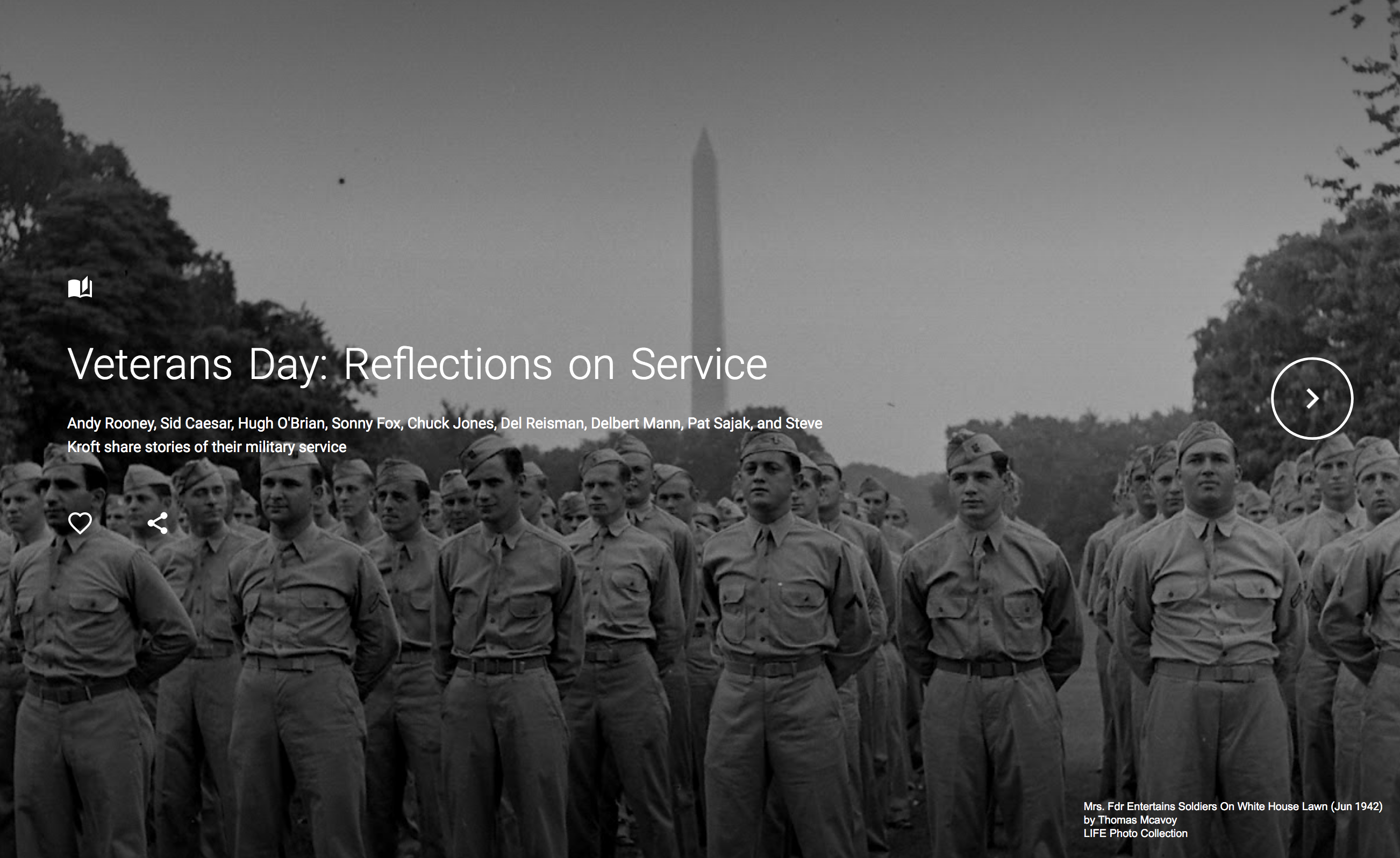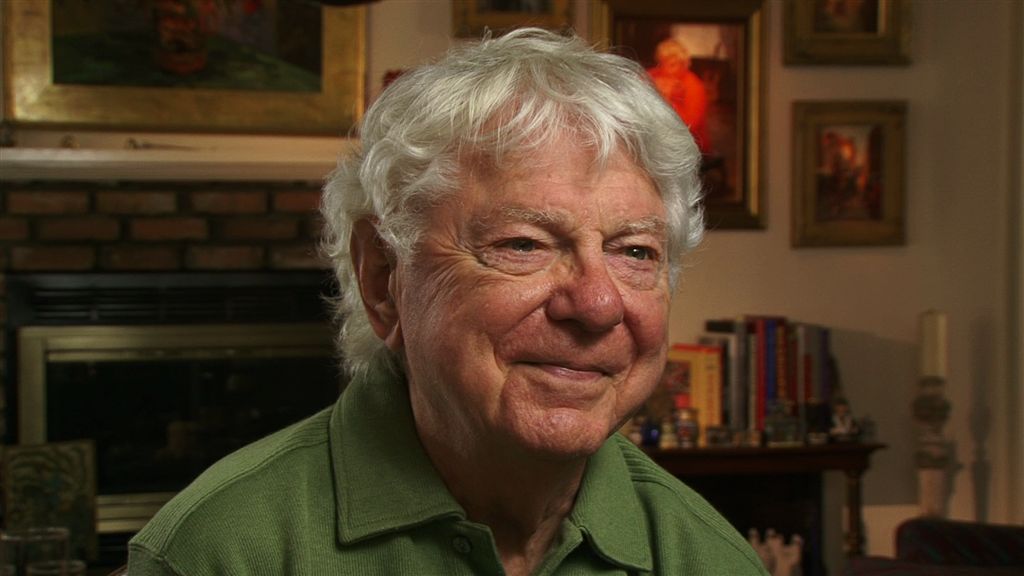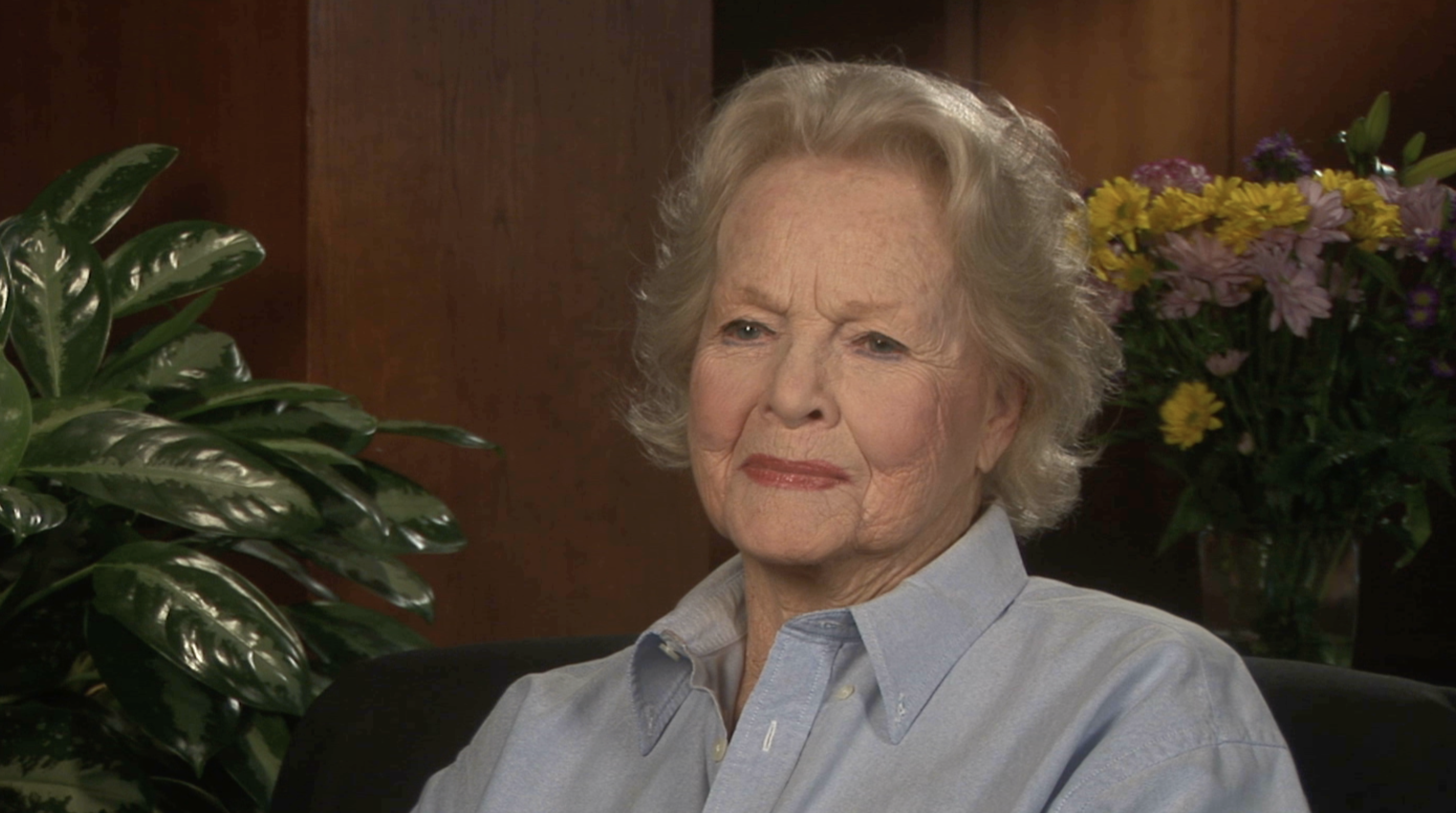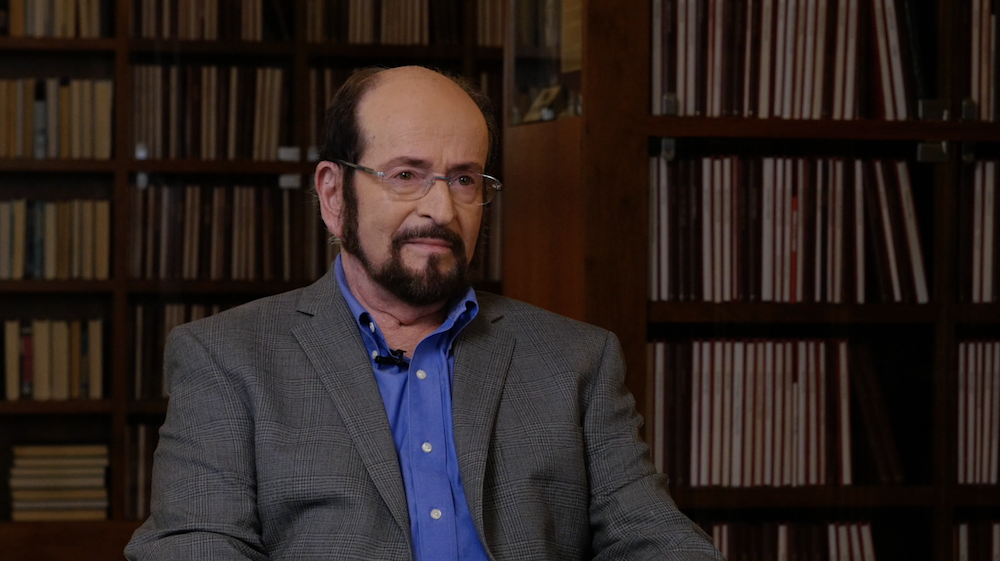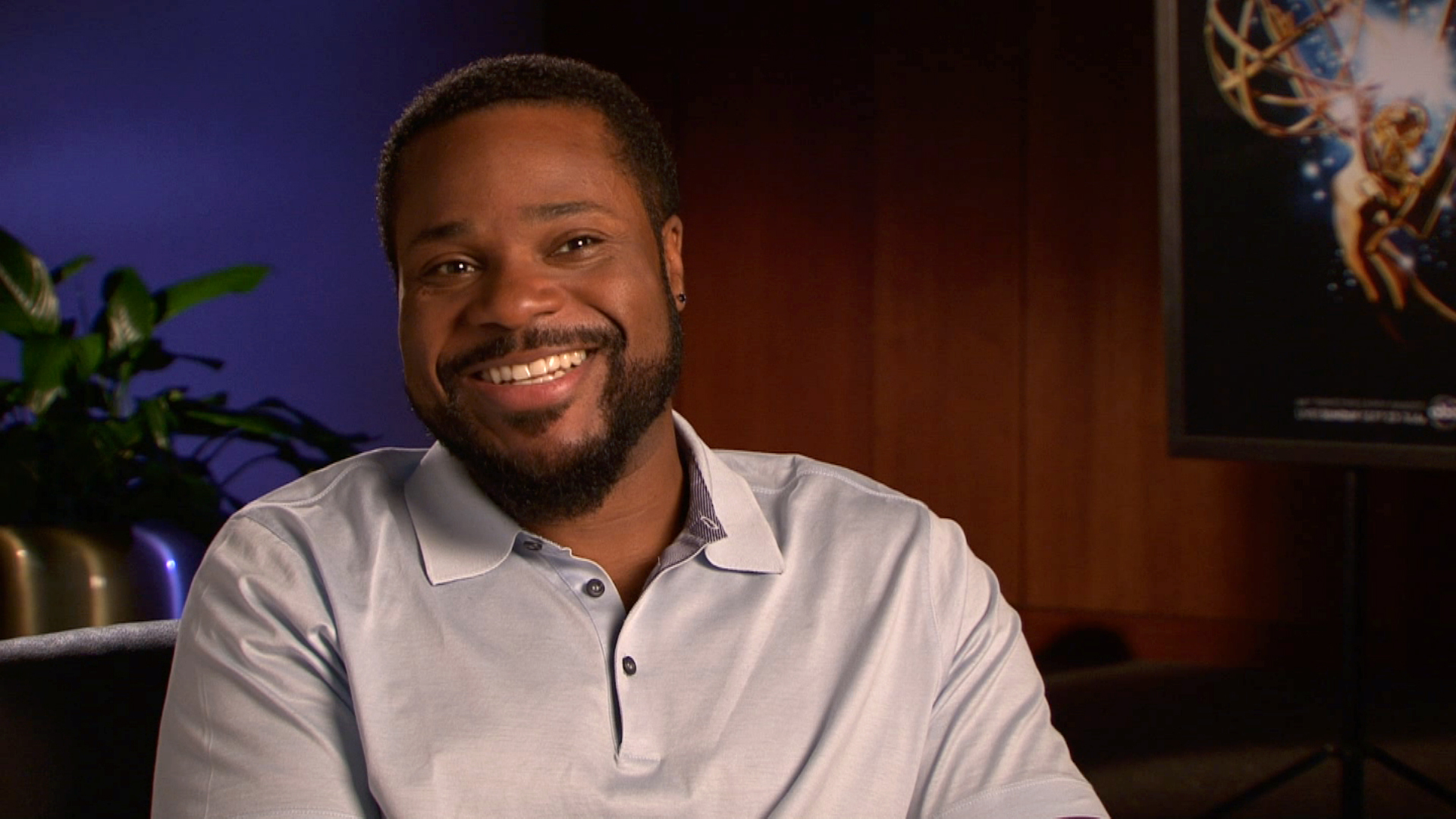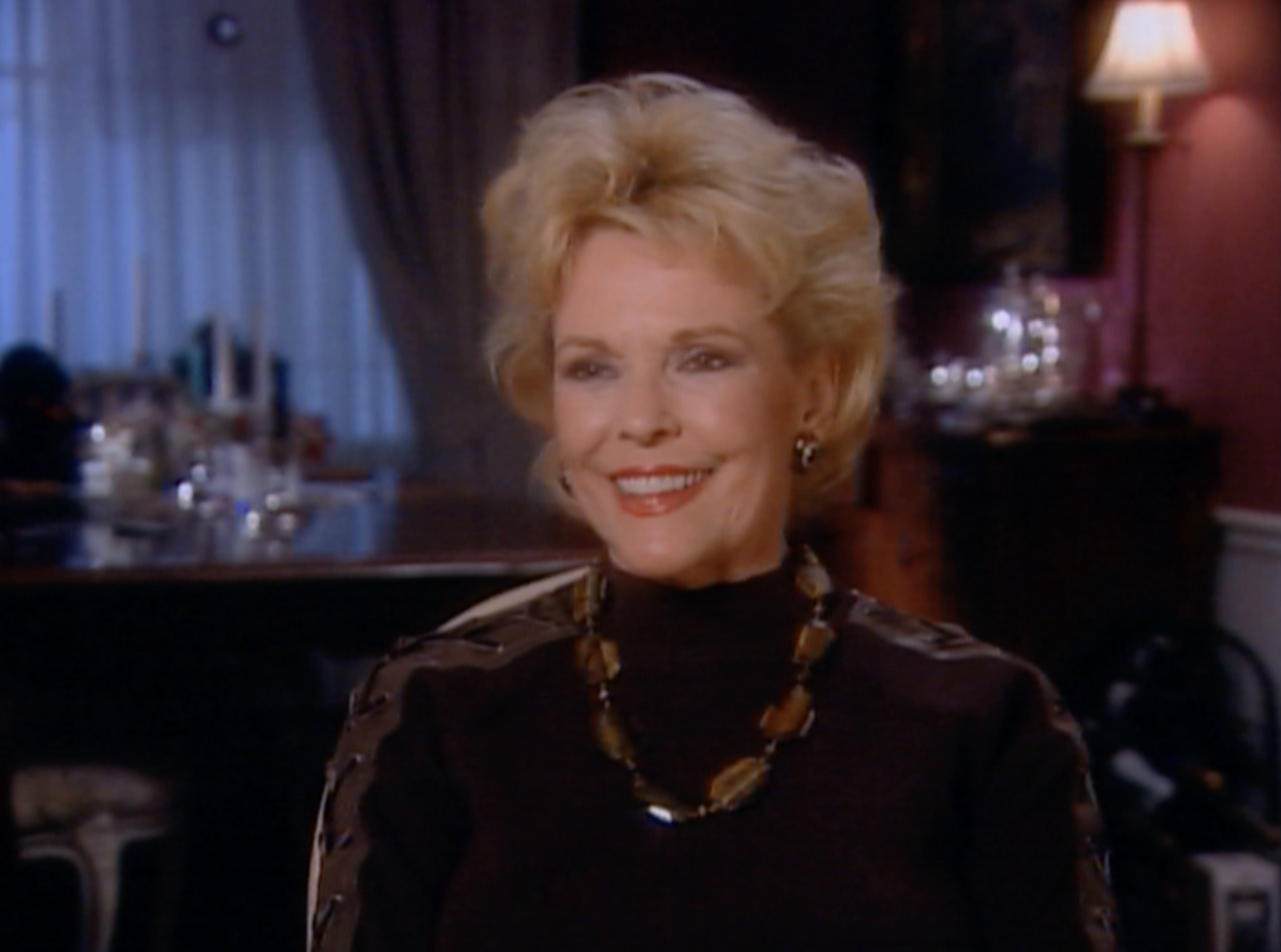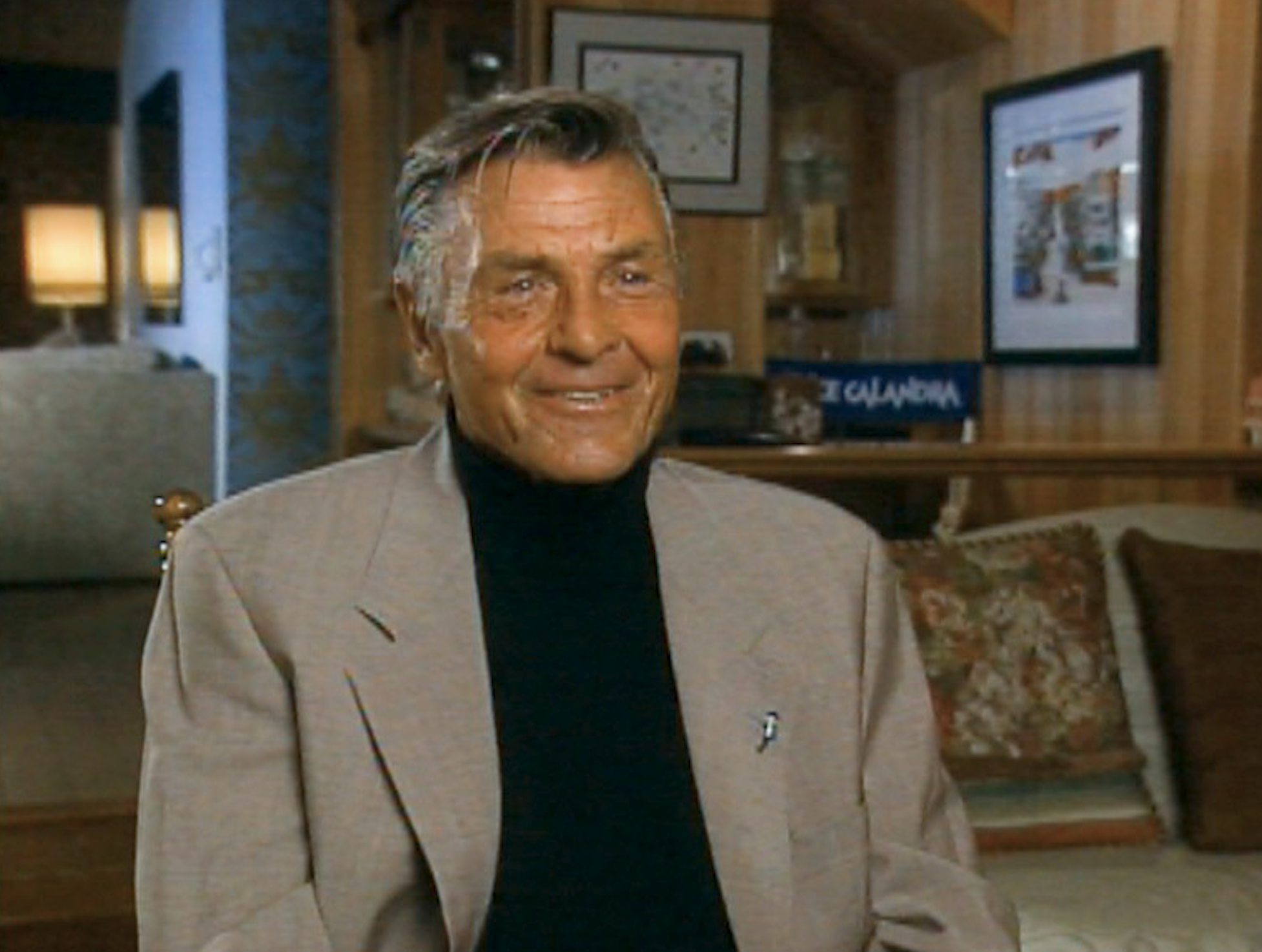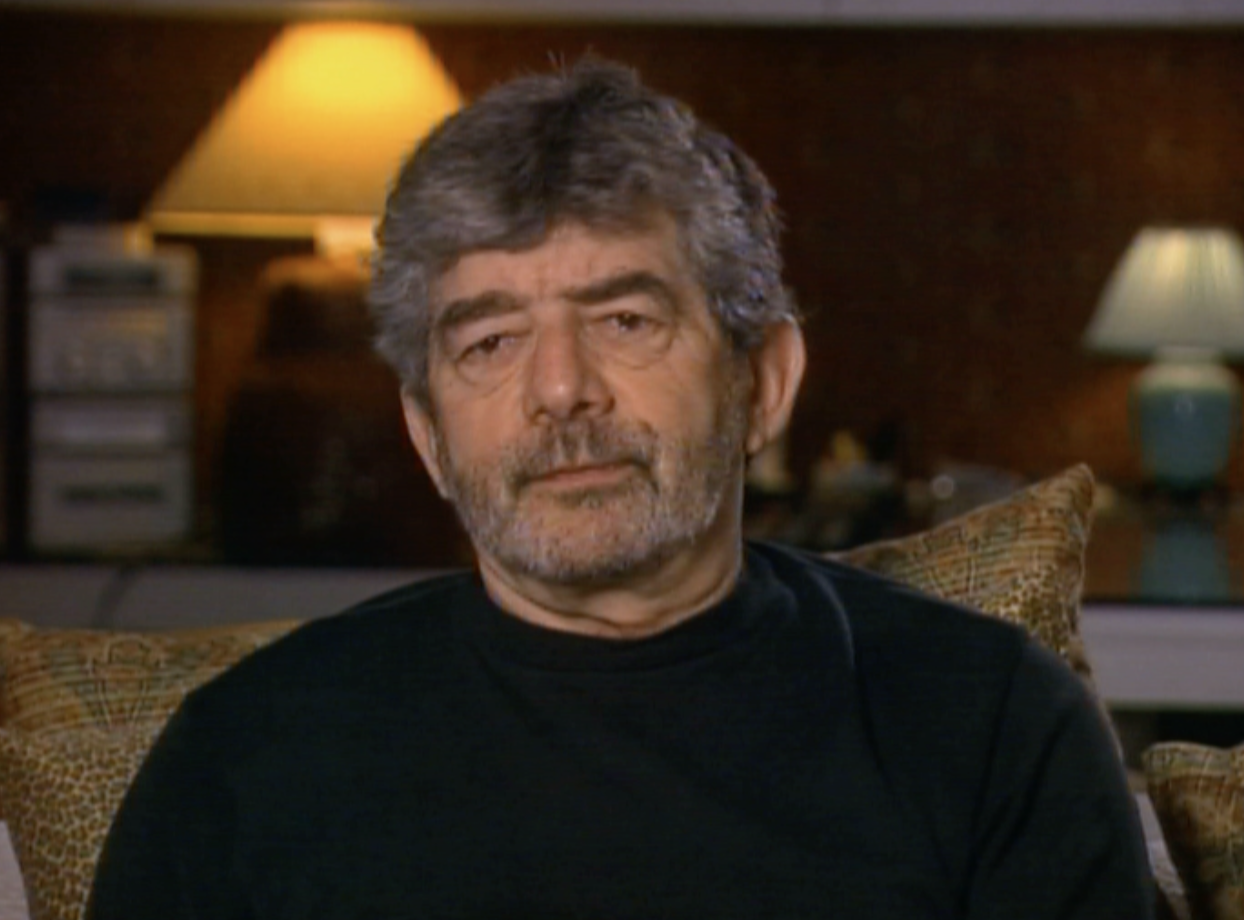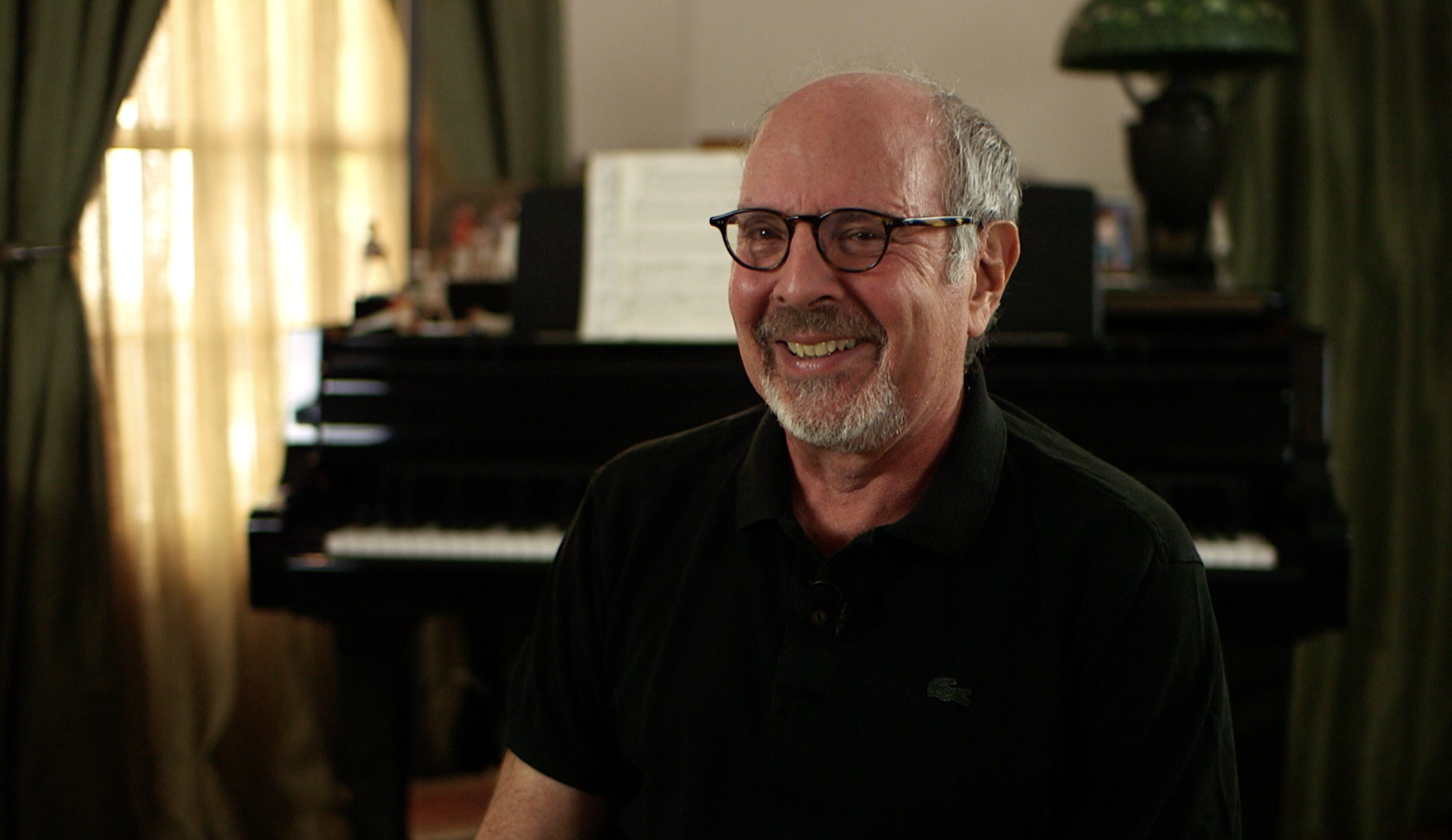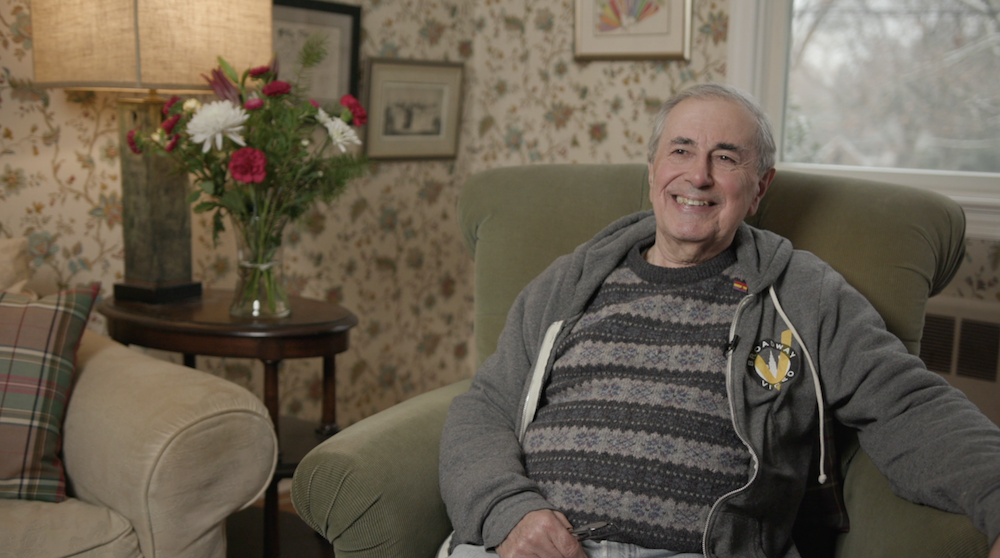Remembering A.C. Lyles
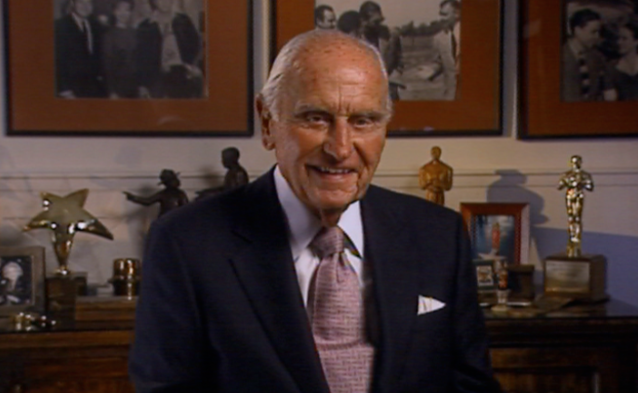

We're sad to hear of the passing of Executive/Producer A.C. Lyles, who died on Friday, September 27, 2013 at the age of 95. Lyles held the record for the longest continuously-employed person at a motion picture studio (85 years with Paramount). His association with the studio began at age ten, when he started working at the Florida Theater in Jacksonville, part of the Paramount-Publix theater chain. He corresponded with Paramount studio head Adolph Zukor and in 1937 took the train to Hollywood, where he started a job in the studio's publicity department. He worked his way through the ranks and eventually became a feature film and television producer. Lyles produced TV's Here's Boomer, acted as consulting producer of Deadwood, and served as an advisor and liaison for the Reagan Administration.
Below are some excerpts from his 2005 Archive interview:
On Paramount head Adolph Zuker giving him a job (after Lyles wrote him a letter every Sunday for months):
I had written to him so often, I felt like he was my friend, and he was very, very cordial to me ... He was very, very nice to me. I became his errand boy and office boy, and in those days we were making 55 to 60 features a year, releasing more than one a week, and we had a contract list in every category to accommodate that many pictures. We had 125 to 140 actors under contract, we had maybe 50 producer/directors on the lot working constantly. We had that many writers working all the time. And our stages were full - this was before television - they were all features at that time, and being Mr. Zuker’s office boy everybody got to know me, more importantly I got to know them. If I got to know them, they sure as hell got to know me, 'cause I was right on to them.
On the publicity department at Paramount:
The publicity department was structured like a newspaper office. We had one long office with twelve desks, two of them facing each other and they were called unit men, unit publicists - they were former reporters on the Los Angeles Times and New York Times - all the big papers. And these people were great newspaper people and they would sit there and write publicity all day because there was no such thing as television in those days. It was all newspapers. There were maybe in town forty big columnists from all over the world, and AP, UP, and all those names that you look for, and each unit man was assigned two or three pictures they were either preparing or in production, and you wrote publicity on them. About 125, 150 stars. Each one of them had ten or twelve stars that they called every day, “Hello, what are you doing today? Oh.” And they would take it, and they could take the simplest thing and make a big story out of it by embellishing on it.
On the importance of film and television:
On advice to aspiring TV and film professionals:
On his legacy:
Watch A.C. Lyles' full Archive interview.
